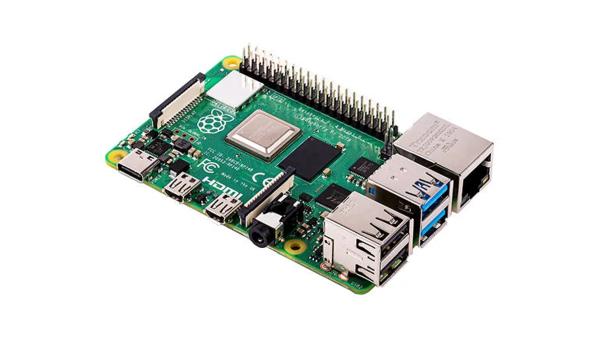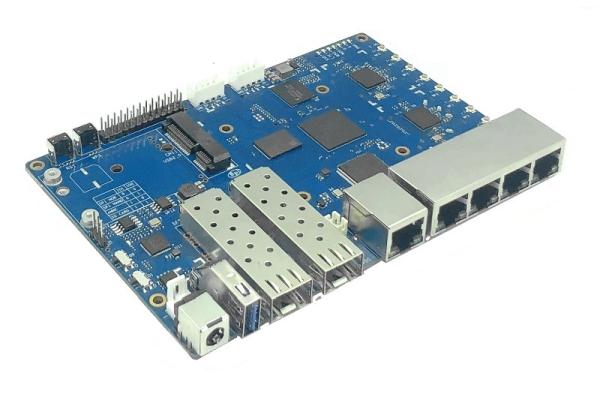Raspberry Pi and Banana Pi are both small, low-cost computers that are often used for DIY projects and experimentation.
However, there are some key differences between the two:
- Processor: The Raspberry Pi uses a processor based on the ARM architecture, while the Banana Pi uses a processor based on the MIPS architecture.
- Memory: The Raspberry Pi is available in versions with 1GB, 2GB, 4GB, and 8GB of RAM, while the Banana Pi is available in versions with 1GB and 2GB of RAM.
- Storage: The Raspberry Pi uses microSD cards for storage, while the Banana Pi has a SATA port for connecting a hard drive or SSD.
- Ports: The Raspberry Pi has a variety of ports, including HDMI, USB, and Ethernet, while the Banana Pi has additional ports, such as a serial port and a camera interface.
- Operating system: The Raspberry Pi is typically used with the Linux-based operating system Raspbian, while the Banana Pi can be used with a variety of operating systems, including Android, Debian, and Ubuntu.
Overall, the Raspberry Pi and Banana Pi are similar in many ways, but the Banana Pi may be a better choice for projects that require more memory or storage, or that need to use a specific operating system. It is important to carefully consider your project requirements and choose the device that best meets your needs.



